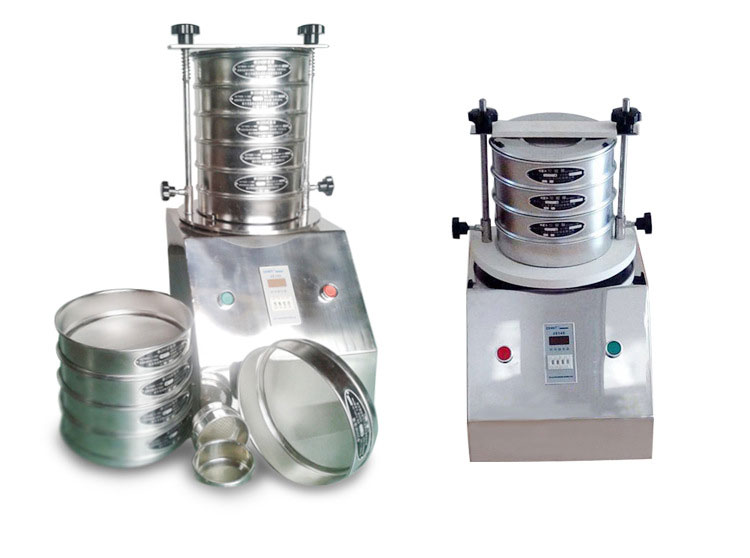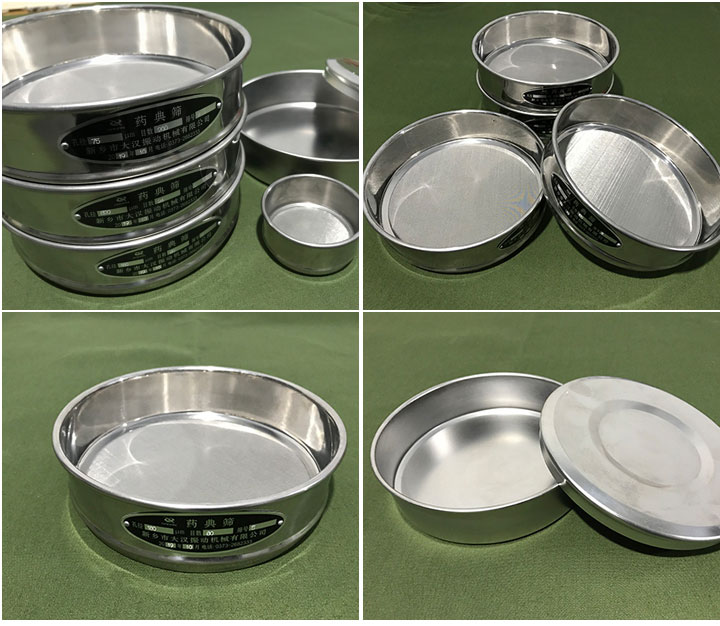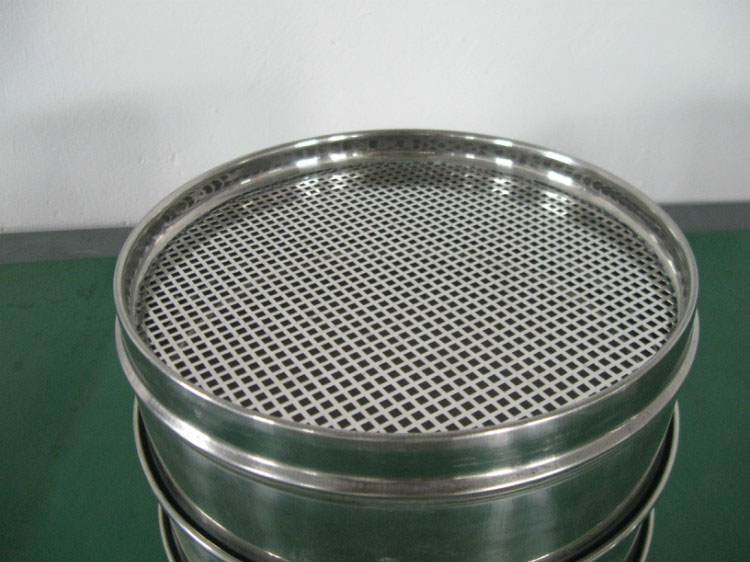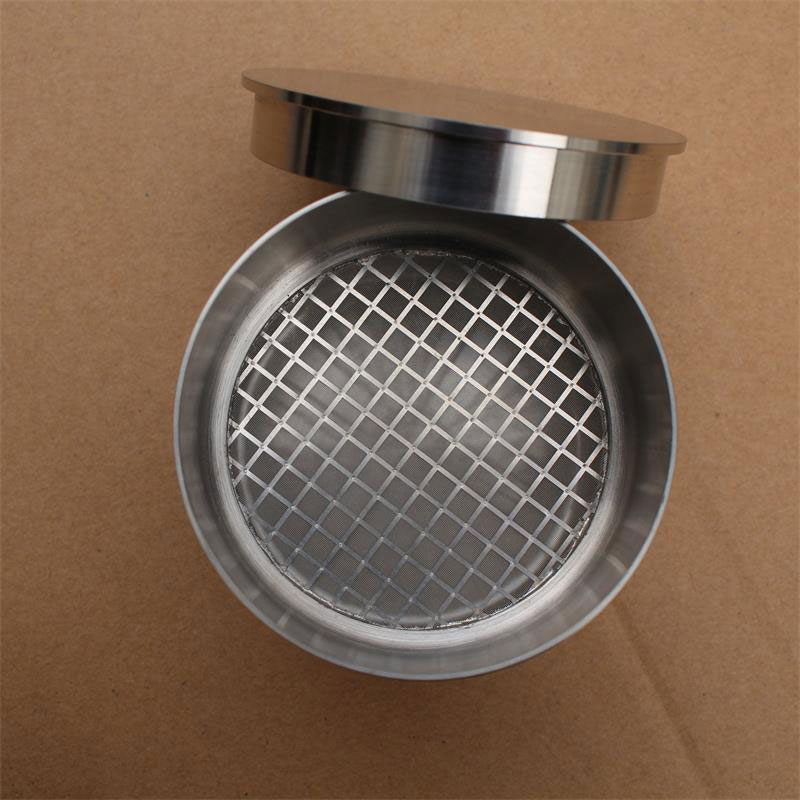Three common sieve types for laboratory test sieve
Tuesday February-25 2025 13:41:06
Laboratory test sieve is mainly used for accurate screening, filtering and testing of granular and powdery materials, liquid solid content and sundries in various laboratory items screening, sieving, grading and other inspection departments. This article mainly introduces the sieve types of laboratory test sieve in detail.

Three common sieve types for laboratory test sieve sizes
| Types | Wire mesh screen | metal punching screen | electroformed screen |
| Frame Diameter | ø75/200mm/300mm | ø 200 mm / 300 mm | ø75 mm / 200 mm |
| Mesh Type | Metal mesh | Perforated sheet | Electroforming |
| Mesh Size | 0.02mm-2.36mm | 1 mm - 125 mm | 5μm—500μm |
| Standard | GB/T6003.1-1997/ISO3310.1 | GB/T6003.2-1997/ISO3310.2 | GB/T6003.3-1999/ISO3310.3 |
A. Widely used screening mesh - wire woven mesh
2.36mm to 0.02mm square hole
Metal wire woven mesh has low cost and good flexibility, but relatively low precision (large mesh holes are allowed), and the mesh may be deformed. The mesh precision can be controlled by expanding and shrinking holes, and the holes can be fixed by electrochemical methods. Generally, manufacturers with high-precision screen production capacity are required to ensure mass production. Most of the application industries are the diamond industry, especially the export manufacturers require a standard negative difference, because foreign countries are half a size away from China, and basic grains account for more than 90%. .

B. Application of large particle material mesh - perforated plate screen
Round and square holes from 0.2mm to hundreds of mm
The punching plate screen refers to the screen that uses a punch to punch out the target pattern in the plate to be processed. The material is stainless steel, aluminum plate, cold and hot steel plate, copper plate, PVC plate film, etc. The mesh accuracy of the punching plate screen is Uniform and not easy to deform, mainly used for the detection of large particles. The hole types include long holes, round holes, square holes, triangular holes, scale holes, bridge holes, diamond holes, pentagonal holes, hexagonal holes, figure-eight holes, cross holes, nails There are many kinds of holes, plum blossom holes, herringbone holes, I-shaped holes and other special-shaped holes. Laboratory test sieves usually use conventional round or square holes.

C. Application of high-precision screening mesh - electroforming screen
Can make each mesh within the average error range
Electroforming screens are manufactured by electrochemical methods, with high precision, theoretically the precision can reach one micron, and the characteristic is that the screen holes of the rigid structure will not be deformed. The particle size distribution using electroformed filter material is significantly narrower, requires cleaner and less maintenance than woven wire mesh filter material, allows longer filter time and service life to greatly improve production efficiency. It has a very wide range of applications in high-precision laboratory particle size detection scenarios.

Three common sieve types and specifications for laboratory test sieves
Frame material: stainless steel, brass.
Mesh material: stainless steel wire.
Standard: ASTM E323-11, ASTM E11-16, E161-12, ISO 565-1990, ISO 3310-1, ISO 3310-2, ISO 3310-3, ISO 2591-1, GB/T 6003.
Type: woven mesh test sieve, perforated test sieve, grid sieve. Woven mesh test sieve Perforated test sieve Grid sieve




